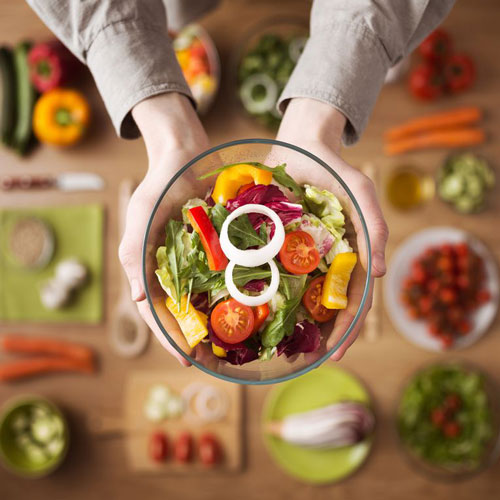
7 nutrients that may boost your child’s attention levels
Did you know that the food you cook at home could play a significant role in your child’s well-being? Recent studies show that may be a connection between certain nutrients and symptoms of ADHD, like attention deficit and hyperactivity.
So while the management of ADHD is a multi-pronged approach, involving medication, therapies and other forms of intervention, we have put together a list of nutrient groups that you may want to include in your child’s diet.
Dopamine and Serotonin
The brain produces chemicals that help transmit signals, which in turn control many physical and mental processes. Two of these chemicals, namely dopamine and serotonin, are believed to reduce hyperactivity and impulsiveness, as well as to improve attention.
A few common foods rich in dopamine (or related chemicals) include bananas, apples and fish. Other rich sources of dopamine are pumpkin seeds and soya products. Similarly, foods with high legume content can lead to availability of serotonin to the body. Other foods that show promise are eggs, pineapple, tofu and nuts.
Magnesium
Magnesium plays a crucial role in the physiological functions of the body. Besides, there is evidence to show that it may play an active role in boosting mental functions, especially memory and learning. Conversely, a magnesium deficiency can actually reduce attention span and make your child irritable.
Fortunately, lots of foods are rich in magnesium, some of which you may already have at home. Spinach, cashew nuts, pumpkin seeds, sunflower seeds, soya beans, fish (especially, mackerel and salmon), curds, dark chocolate and bananas are good sources of magnesium.
Vitamin B 6
In a nutshell, this is one out of a group of eight Vitamin Bs. Vitamin B 6 helps in the production of many neurotransmitters (the messengers spoken of above), and are believed to play a role in brain functioning. Besides, they help the body absorb magnesium efficiently (which we do want, right?)
Lentils (masoor), potatoes, pistachio nuts (pista), soyabean, bananas and carrots are good and common sources of this vital vitamin. Others are raw banana, sweet potato (shakarkand / ratala), pineapple and whole grain.
Vitamin B 9 / Folic acid
This member of the Vitamin B family is also called folate. Vitamin B 9 is found in many easily available foods, including oranges, black-eyed beans, ground nuts, kidney beans and whole grains. Several brands of breakfast cereals are fortified with Vitamin B 9 – do look out for them in the ingredient list.
Omega 3 and Omega 6
Omega-3 and omega-6 are considered ‘good’ fatty acids. They play an important part in brain functioning. Good sources of omega oils are fish (especially mackerel and salmon) and flax seed. Other sources are groundnuts, cashew nuts, walnuts, pumpkin seeds, sunflower seeds and sesame seeds.
Zinc
Zinc is also found to have an influence on behaviour. Some common foods that contain zinc are chickpeas (Chhole /Chana), kidney beans (Rajma), almonds, cashews, chicken, pork and beef, and a range of sea food like oysters, crab and lobster. There are also several zinc-enriched foods available in the market – do check the list of ingredients on the back of packs to find out if your favourite brand includes zinc.
Tips to help you make the most of ‘good’ nutrients
You might already be using many of the ingredients listed above in your meals. The question is are you getting the most out of them?
Here are some simple ways to maximise their impact.
Alter recipes until they work for you: A few smart alterations to recipes could increase the proportion of the ‘right’ nutrients. Using masoor dal in khichadi instead of moong dal, for example, could increase the proportion of Vitamin B 6 that your child gets. Using a higher quantity of dal than you do right now in the same recipe increases the proportion even more!
Make it fun: If your child resists eating the rich sources of nutrients mentioned above at lunch or dinner, make exciting and filling snacks out of them! Grated carrots, for example, make a great ingredient in cake, and a mix of crushed nuts and minced vegetables are perfect for crisp cutlets.
Eat a fruit, don’t drink it: Try to give your child raw fruits whenever possible. While juices may be easier to swallow, many of them have added sugars and reduced fibre.
Nutrients benefit from gentle treatment: Hours of simmering is great for taste but not for nutrients. Lighter cooking techniques help you retain greater levels of nutrition in food. Be especially kind to potatoes, and pulses, which lose most of their nutrients due to over-cooking.


